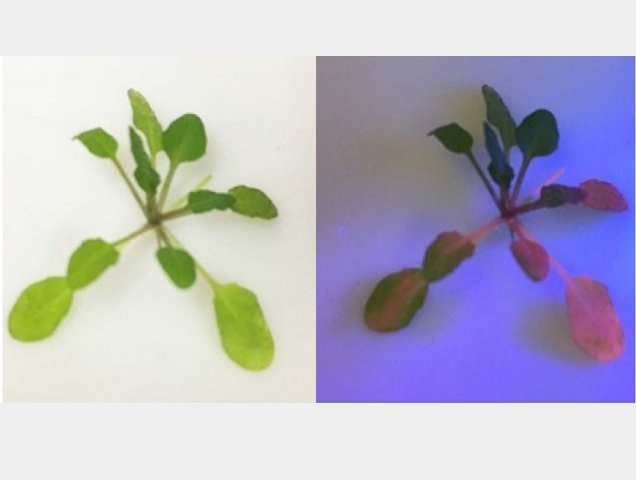Research News
Nov 27, 2024
- Science
Same plant, different tactic: habitat determines response to climate
Clues found relating repair of photosynthetic protein complex to how plants survive in colder regions
Chlorophyll fluorescence measures plants’ ability to repair photoinhibition
Some of the light energy used in photosynthesis is emitted as fluorescence. Photoinhibition and its repair can be measured by the behavior of fluorescence.
Credit: Osaka Metropolitan University

Plants need light to grow, but too much light can induce damage to the photosynthetic complex known as photosystem II. It is known that plants adapted to growing under full sun repair this light-induced damage more. But this repair activity slows down in colder temperatures. An Osaka Metropolitan University-led international research team has now found some clues to how plants survive in colder regions.
Graduate School of Science Associate Professor Riichi Oguchi and colleagues from Australia, Austria, and Japan grew Arabidopsis thaliana (commonly called thale cress) using ecotypes from around the world. They were all grown at 22°C, before some were kept as a control group at that temperature and others were exposed to colder weather at 12°C for three days. The plants were then subjected to 5°C conditions in this experiment.
Damage to photosynthesis capacity by light, known as photoinhibition, is repaired at a certain rate in plants. The control Arabidopsis thaliana showed no difference among ecotypes in the rate of repair at 5°C, but the plants acclimated to the cold for three days showed an increased photoinhibition repair rate and the extent of the increase was higher in the ecotypes from colder regions.
“What we found in this experiment is that plants acclimated in cold temperatures increase their rate of photoinhibition repair in the cold, and the acclimation capacity is higher in the ecotypes from colder regions,” explained Professor Oguchi. “But during the warmer seasons, as suggested by the control group, the plants do not increase the rate as the cost of such repair capacity is high.”
Funding
The present study was supported by JSPS Grants-in-Aid for Scientific Research (KAKENHI) Grant Number 17KK0142 (Fund for the Promotion of Joint International Research) and its original project Grant Number JP16K18614 (General).
Paper information
Journal: Plant, Cell and Environment
Title: An intraspecific negative correlation between the repair capacity of photoinhibition of cold acclimated plants and the habitat temperature
DOI: 10.1111/pce.15270
Authors: Riichi Oguchi, Soichiro Nagano, Ana Pfleger, Hiroshi Ozaki, Kouki Hikosaka, Barry Osmond and Wah Soon Chow
Published: 27 November 2024
URL: https://doi.org/10.1111/pce.15270
Contact
Graduate School of Science
oguchi[at]omu.ac.jp
*Please change [at] to @.
SDGs
